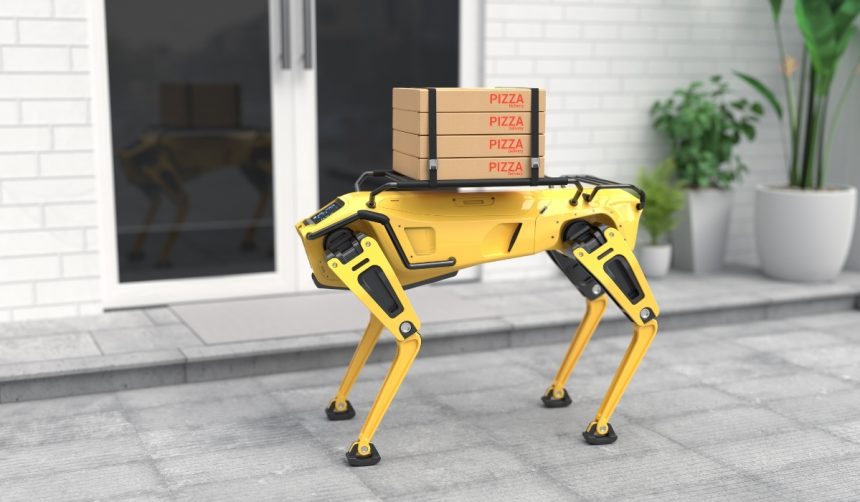In the latest episode of The Robot Report Podcast, John Santagate, senior vice president of robotics at Körber Supply Chain Software, delves into the significant developments of the logistics robotics industry in 2024 and outlines expectations for 2025. This discussion sheds light on emerging technologies and strategic initiatives that are shaping the future of supply chain automation.
Recent industry movements, such as Intel’s decision to spin off RealSense and Symbotic’s acquisition of Walmart’s robotics unit, highlight a trend of specialization and consolidation within the robotics sector. These actions reflect broader strategies aimed at enhancing innovation and expanding market reach, differing from previous years where diversification was more prominent.
What Innovations Emerged from CES 2025?
CES 2025 showcased several cutting-edge robotics technologies. John Santagate remarked,
“CES provided a glimpse into the future of robotics, with innovations like the Zoox robotaxi and the Oshkosh HARR-E autonomous refuse robot demonstrating practical applications.”
These exhibits emphasized advancements in autonomous navigation and service robotics, indicating a shift towards more integrated and versatile robotic solutions.
Why Is Intel Spinning Out RealSense?
Intel’s decision to make RealSense an independent company aims to foster specialized growth and agility.
“By spinning off RealSense, Intel enables the technology to pursue its own strategic objectives and accelerate development without being constrained by the parent company’s broader focus,”
explained Santagate. This move is expected to enhance RealSense’s ability to innovate and respond to market demands more effectively.
How Will Symbotic’s Acquisition Impact Walmart’s Supply Chain?
Symbotic’s acquisition of Walmart’s Advanced Systems and Robotics business is set to integrate advanced robotic systems into Walmart’s supply chain operations.
“This partnership allows us to develop a more cohesive and efficient supply chain, leveraging Symbotic’s expertise in robotics to meet evolving consumer demands,”
stated Santagate. The collaboration aims to enhance inventory management and streamline logistics processes, driving greater efficiency and scalability.
These strategic developments, coupled with the insights shared by industry leaders like John Santagate, underscore a pivotal year for logistics robotics. The focus on specialized growth, advanced automation, and strategic partnerships is poised to drive the sector forward, addressing the increasing complexities of global supply chains.










